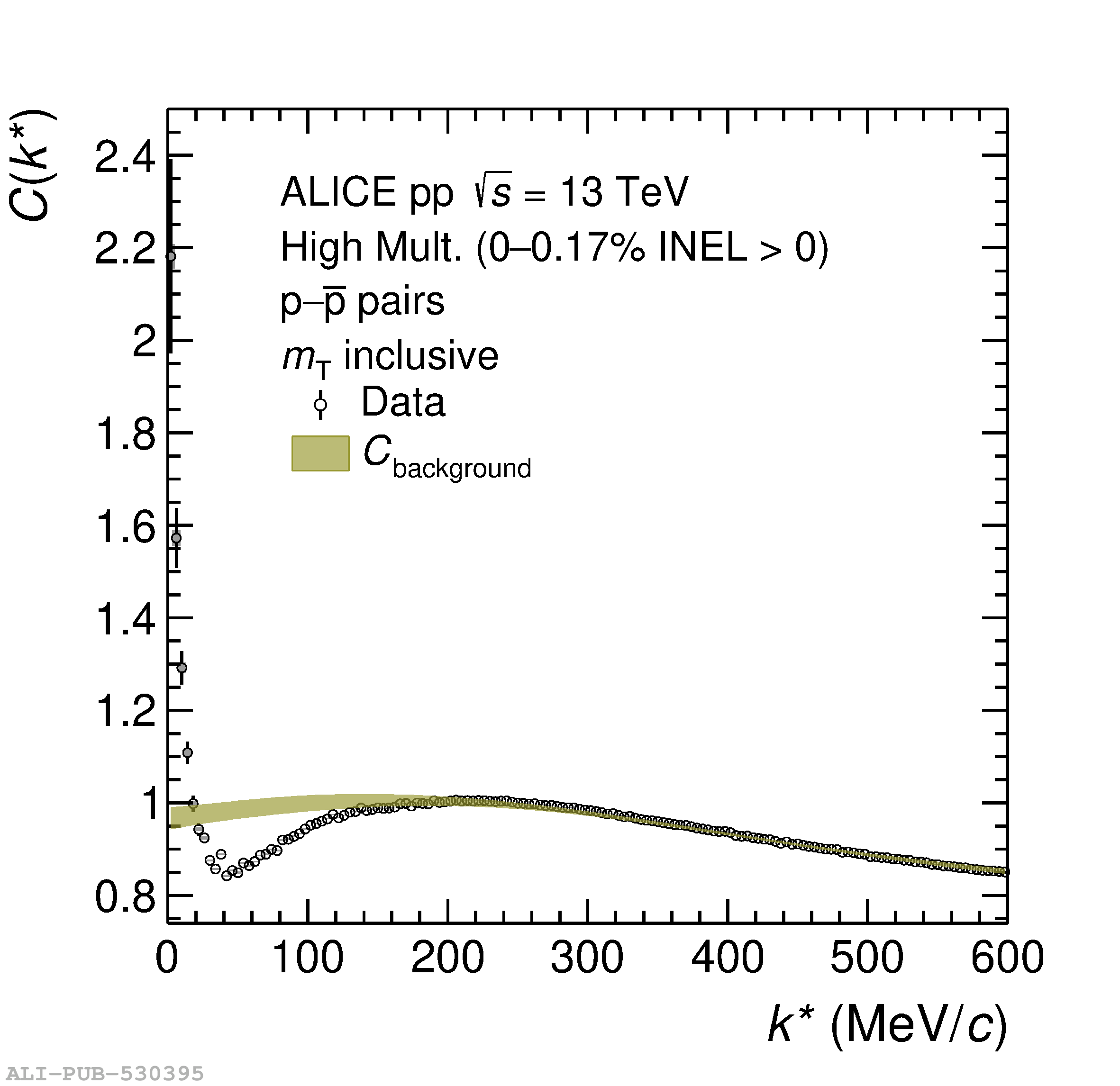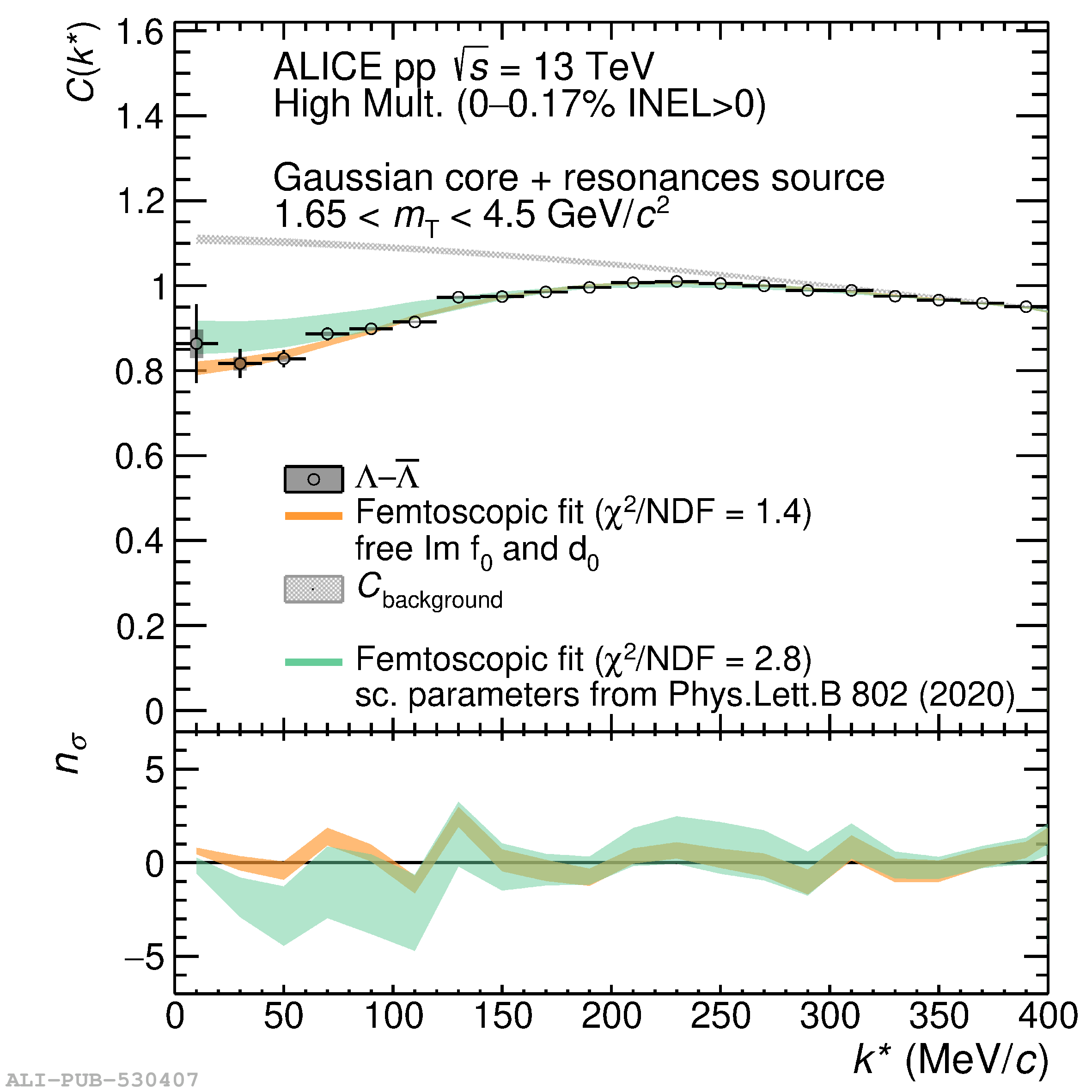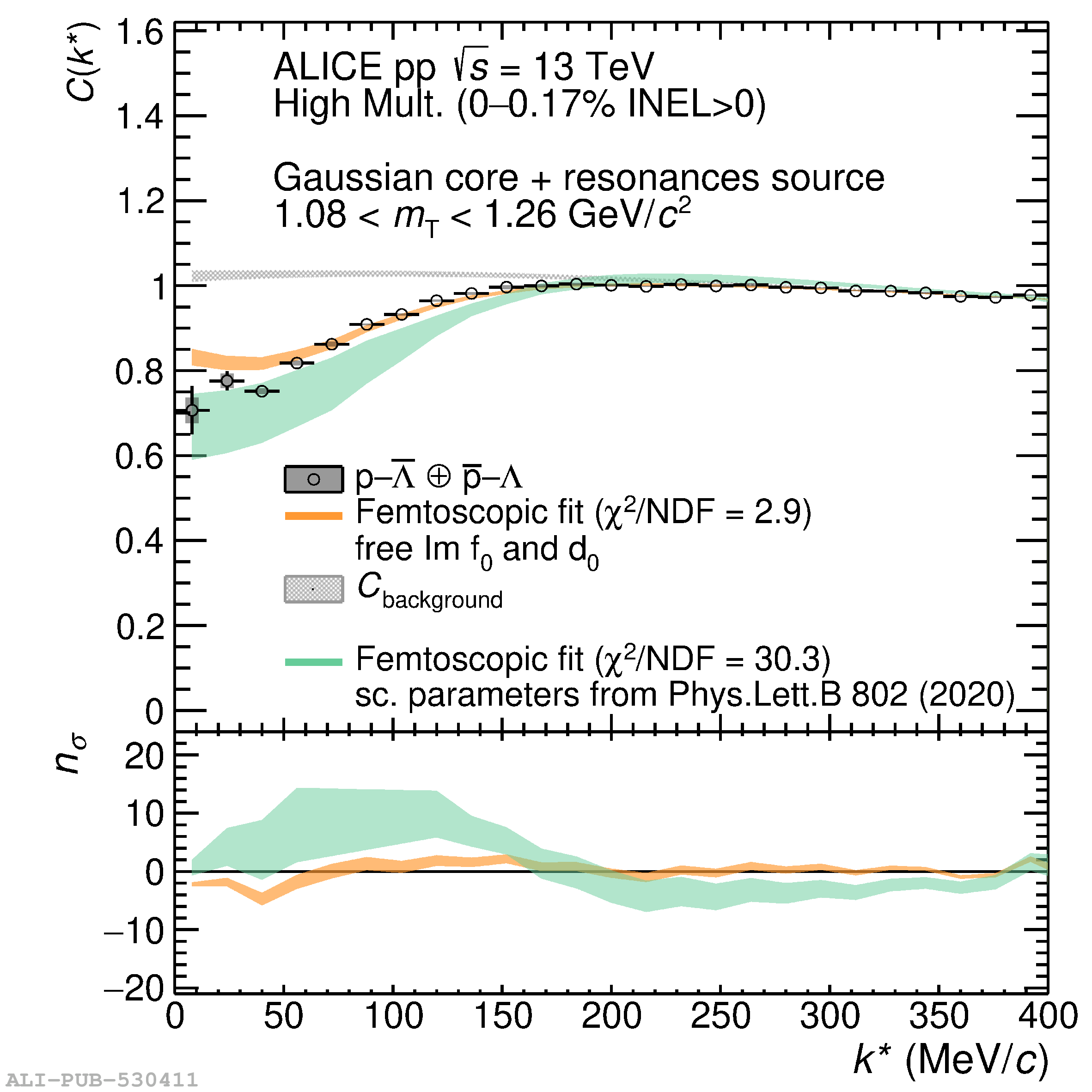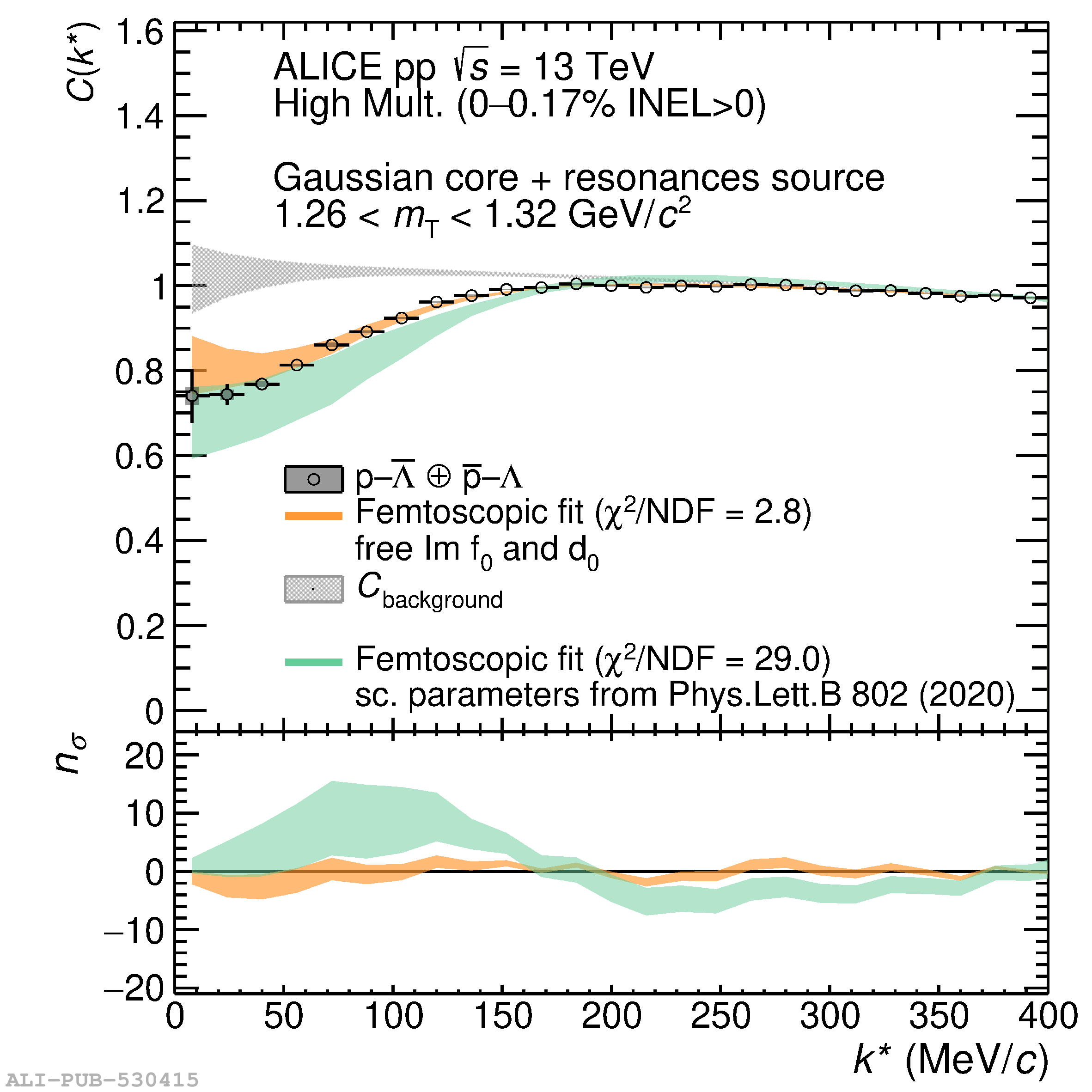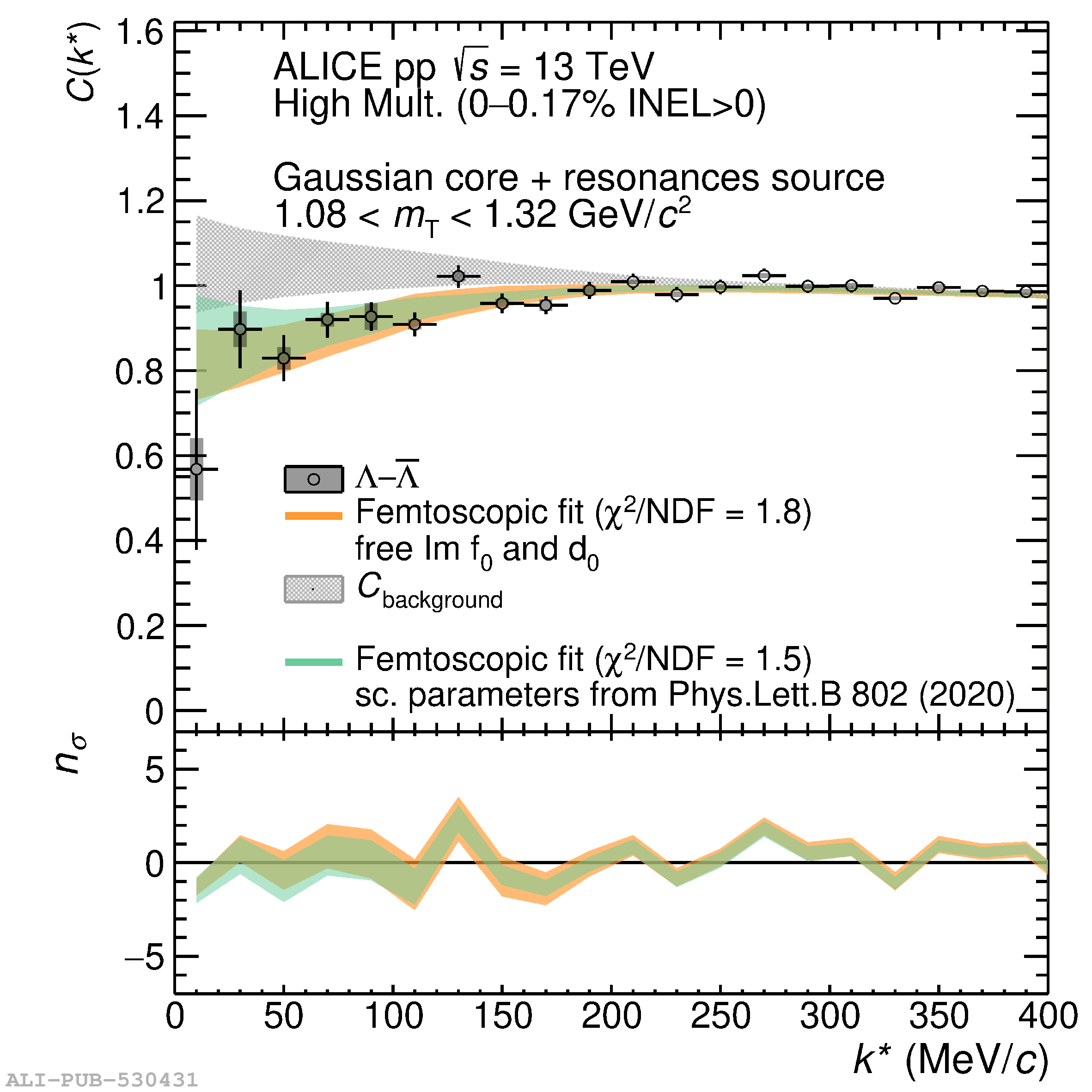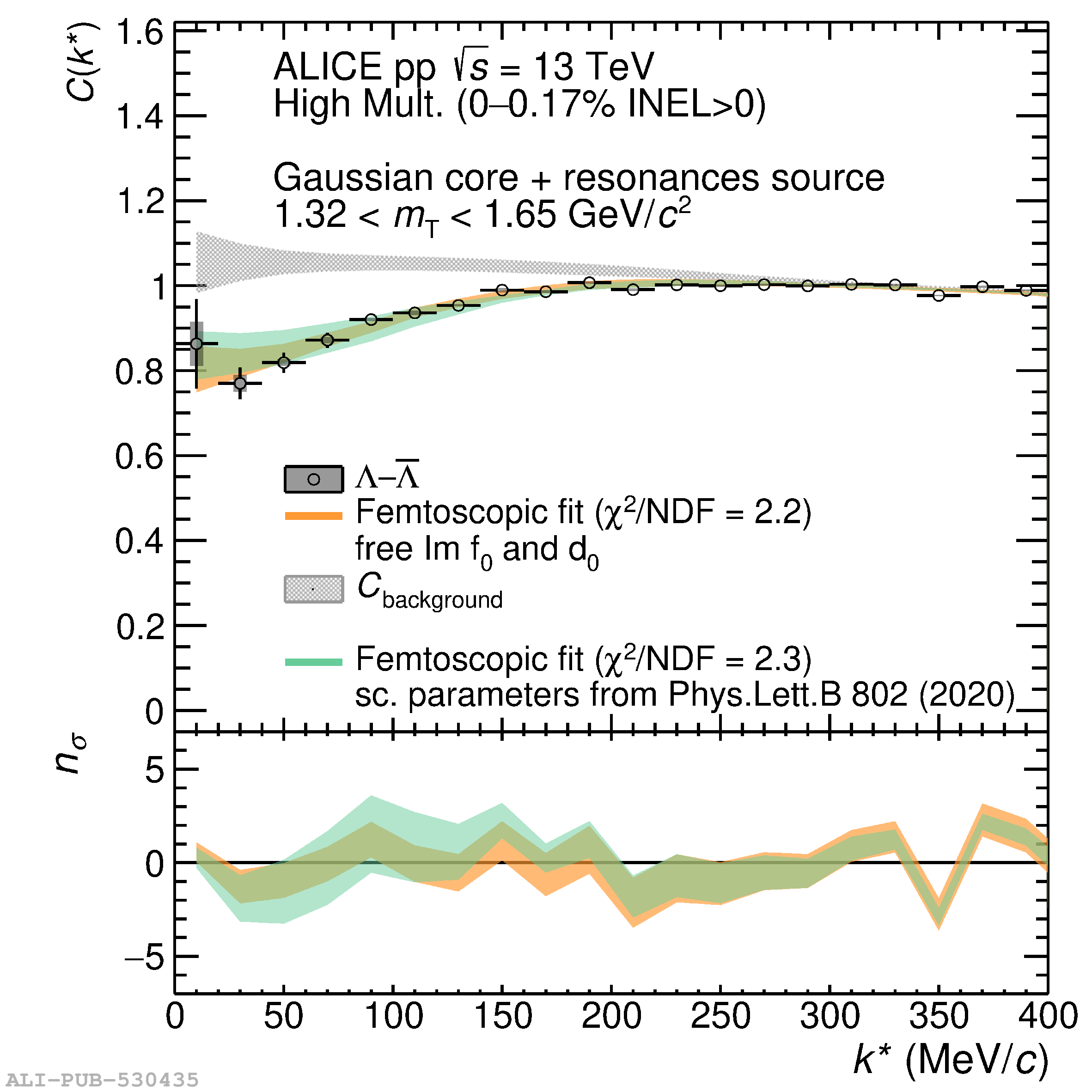Annihilation dynamics plays a fundamental role in the baryon$-$antibaryon interaction (B$-\rm{\overline{B}}$) at low-energy and its strength and range are crucial in the assessment of possible baryonic bound states. Experimental data on annihilation cross sections are available for the p$-\rm{\overline{p}}$ system but not in the low relative momentum region. Data regarding the B$-\rm{\overline{B}}$ interaction with strange degrees of freedom are extremely scarce, hence the modeling of the annihilation contributions is mainly based on nucleon$-$antinucleon (N$-\rm{\overline{N}}$) results, when available. In this letter we present a measurement of the p$-\rm{\overline{p}}$, p$-\overline{\Lambda}\oplus\rm{\overline{p}}-\Lambda$ and $\Lambda-\overline{\Lambda}$ interaction using correlation functions in the relative momentum space in high-multiplicity triggered pp collisions at $\sqrt{s} = 13$ TeV recorded by ALICE at the LHC. In the p$-\rm{\overline{p}}$ system the couplings to the mesonic channels in different partial waves are extracted by adopting a coupled-channel approach with recent $\chi\rm{EFT}$ potentials. The inclusion of these inelastic channels provides good agreement with the data, showing a significant presence of the annihilation term down to zero momentum. Predictions obtained using the Lednick\'y$-$Lyuboshits formula and scattering parameters obtained from heavy-ion collisions, hence mainly sensitive to elastic processes, are compared with the experimental p$-\overline{\Lambda}\oplus\rm{\overline{p}}-\Lambda$ and $\Lambda-\overline{\Lambda}$ correlations. The model describes the $\Lambda-\overline{\Lambda}$ data and underestimates the p$-\overline{\Lambda}\oplus\rm{\overline{p}}-\Lambda$ data in the region of momenta below 200 MeV/$c$. The observed deviation indicates a different contribution of annihilation channels to the two systems containing strange hadrons.
Phys. Lett. B 829 (2022) 137060
HEP Data
e-Print: arXiv:2105.05190 | PDF | inSPIRE
CERN-EP-2021-083

